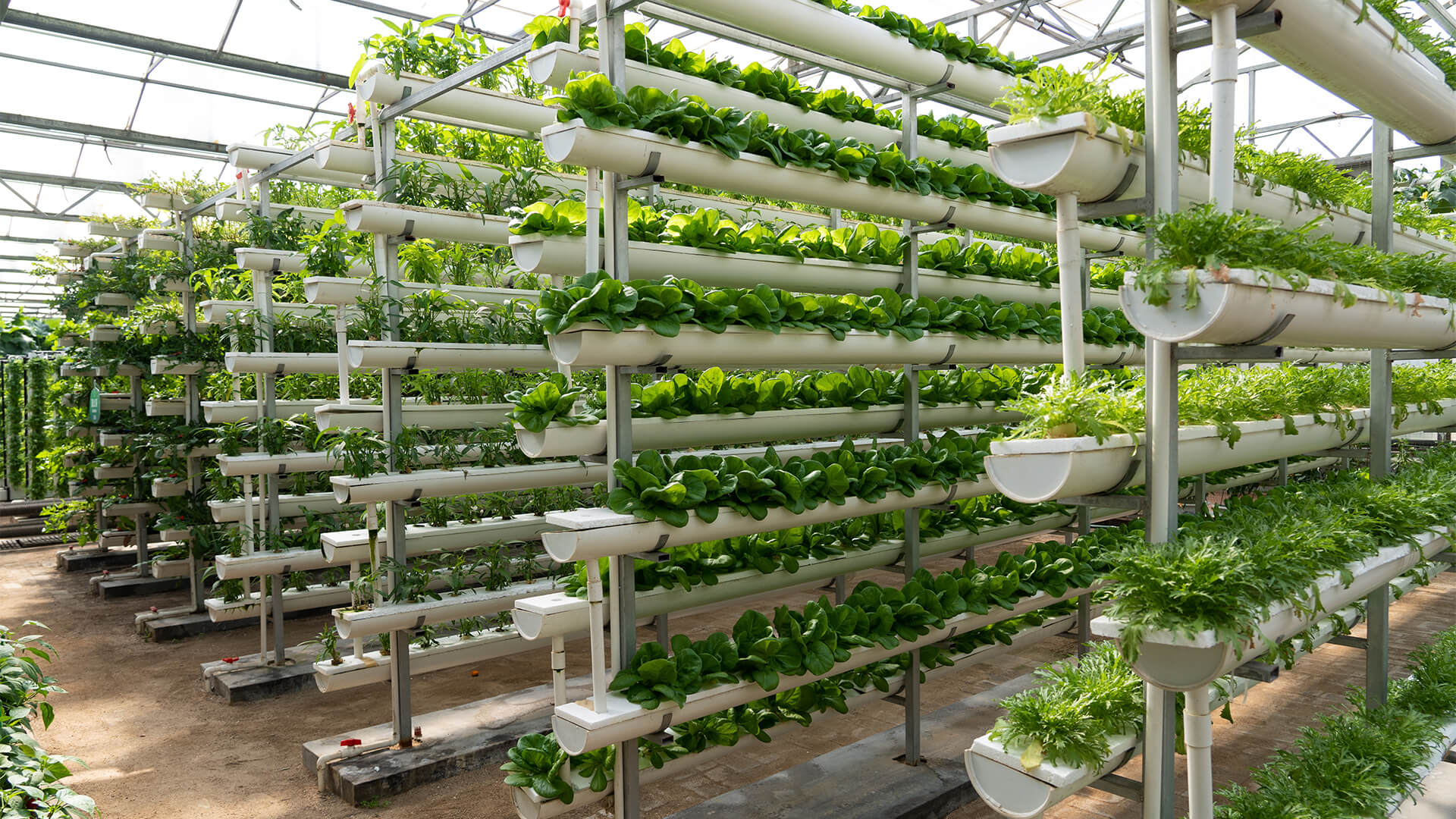Hydroponics: What You Need to Know
13 Ocak 2025Climate change, a growing population, and dwindling natural resources are three major factors reshaping agricultural production. Traditional farming methods often fall short in addressing these challenges, while innovative farming techniques open doors to the future. Among these groundbreaking methods are hydroponics and sustainable greenhouse farming.
But what do these terms mean, and why are they so important? Let’s explore the answers to these questions.
What Is Hydroponics, and How Does It Work?
Hydroponics refers to a farming method where plants grow without soil, instead obtaining nutrients directly from water or other carrier materials. Plants receive all the minerals they need from specially prepared nutrient solutions.
The working principles of hydroponics are straightforward:
- The plants' roots are either submerged in water or supported by a medium such as rock wool.
- Nutrients are delivered to the plants via water or spray systems.
- Proper lighting and temperature conditions ensure rapid and healthy plant growth.
This innovative farming method is especially effective in controlled environments and offers advantages such as water conservation, high efficiency, and minimal environmental impact.
How Do Hydroponics and Sustainable Greenhouse Farming Work Together?
When combined, these two innovative methods create a groundbreaking agricultural model.
- Hydroponics enhances greenhouse efficiency.
- Less water and energy are used, reducing the carbon footprint.
- Optimal growth conditions are created for plants, minimizing disease risks.
This system benefits not only farmers but also consumers who seek eco-friendly products.
Advantages of Hydroponics
Why is this method more advantageous than traditional farming? Here are the reasons:
- Water Conservation: Uses up to 90% less water compared to traditional methods.
- Higher Yield: Plants grow faster as they directly access necessary nutrients without soil constraints.
- Environmentally Friendly: Eliminates the need for herbicides and pesticides due to fewer weeds and pests.
- Applicable in Any Climate: Can be practiced in controlled environments, independent of weather conditions.
- Space Efficiency: Techniques like vertical farming allow high production in small areas.
When paired with sustainable greenhouse farming, these advantages provide both economic and environmental benefits. Furthermore, hydroponic products offer significant savings in pesticide usage and water conservation, making them not only cost-effective but also environmentally sustainable.
Our Hydroponics and Circular Economy Project: Sivera
Next to our Sivas facility, our glass greenhouse investment, focused on protected agriculture, spans 54,000 m² and brings the sustainable agricultural practices of the future to today.
Established in 2022, our Sivera greenhouse is Turkey’s first modern glass greenhouse. Here, we grow Sivera tomatoes using hydroponic farming techniques on coconut husks, completely free from pesticides.
With an annual production capacity of 2,500 tons of cluster tomatoes, our greenhouse aligns with the European Union’s Farm to Fork strategy, offering a production process based on a bio-circular economy. Our goal of cultivating low-carbon-footprint and energy-efficient tomatoes not only increases environmental benefits but also contributes to the local economy.
We plan to expand our integrated hydroponic farming practices, currently using bioheat from our Sivas facility, to our Uşak and İnegöl facilities.
For more information about our efforts toward a greener and more sustainable future, check out our 2023 Sustainability Report.





